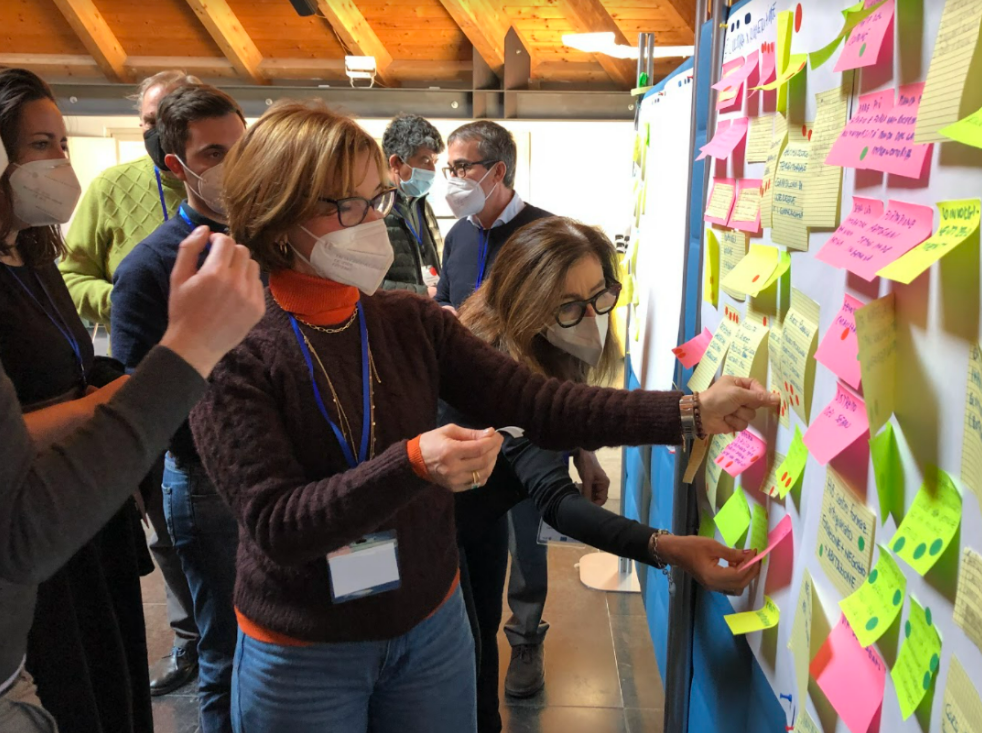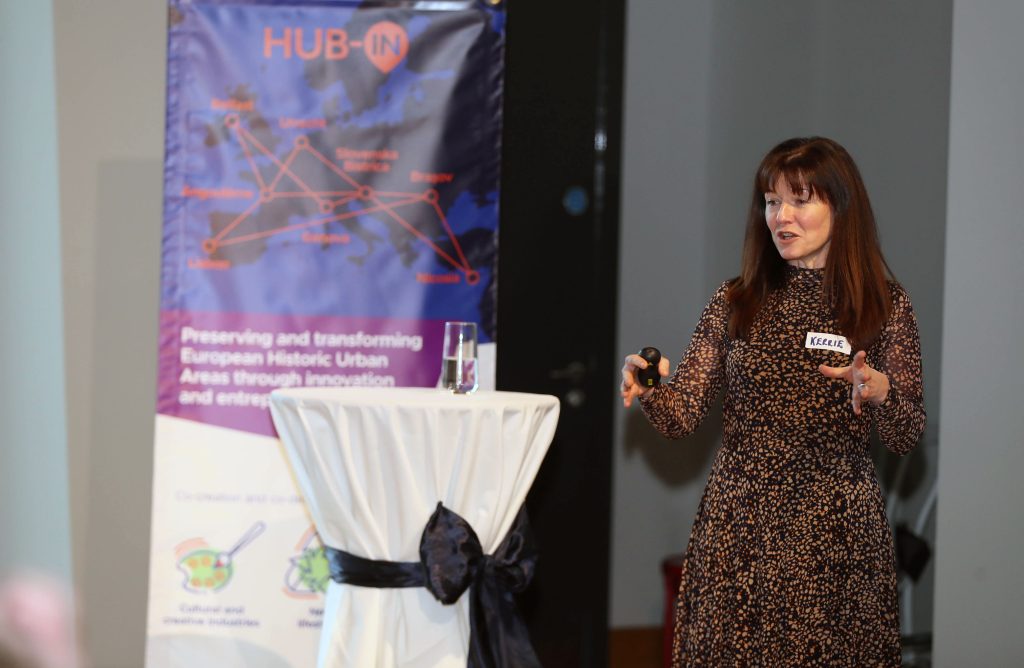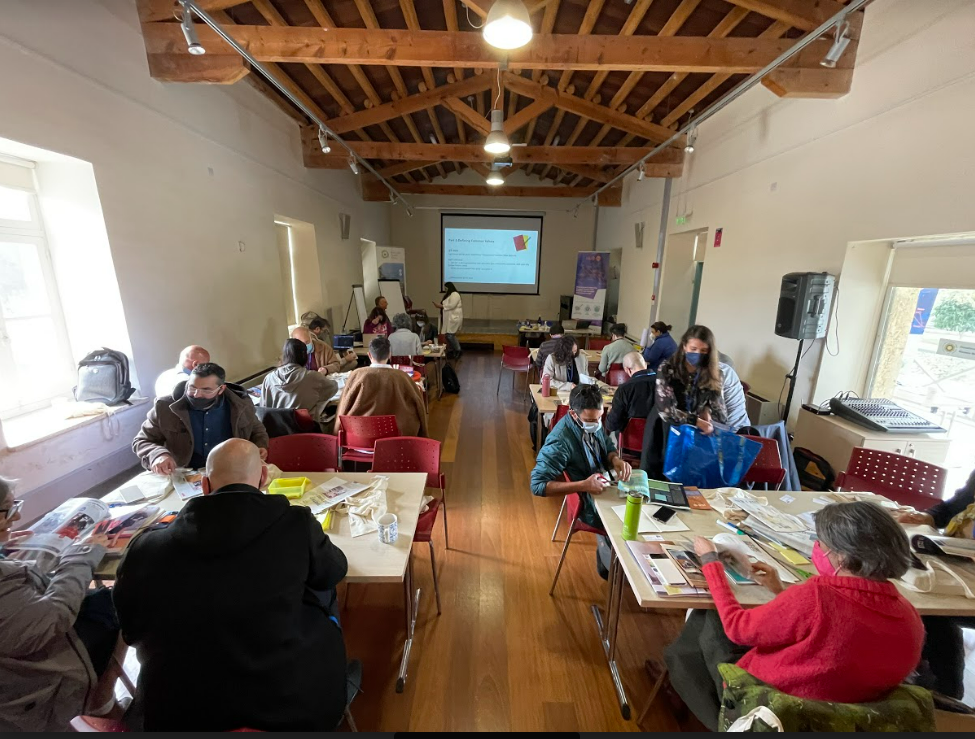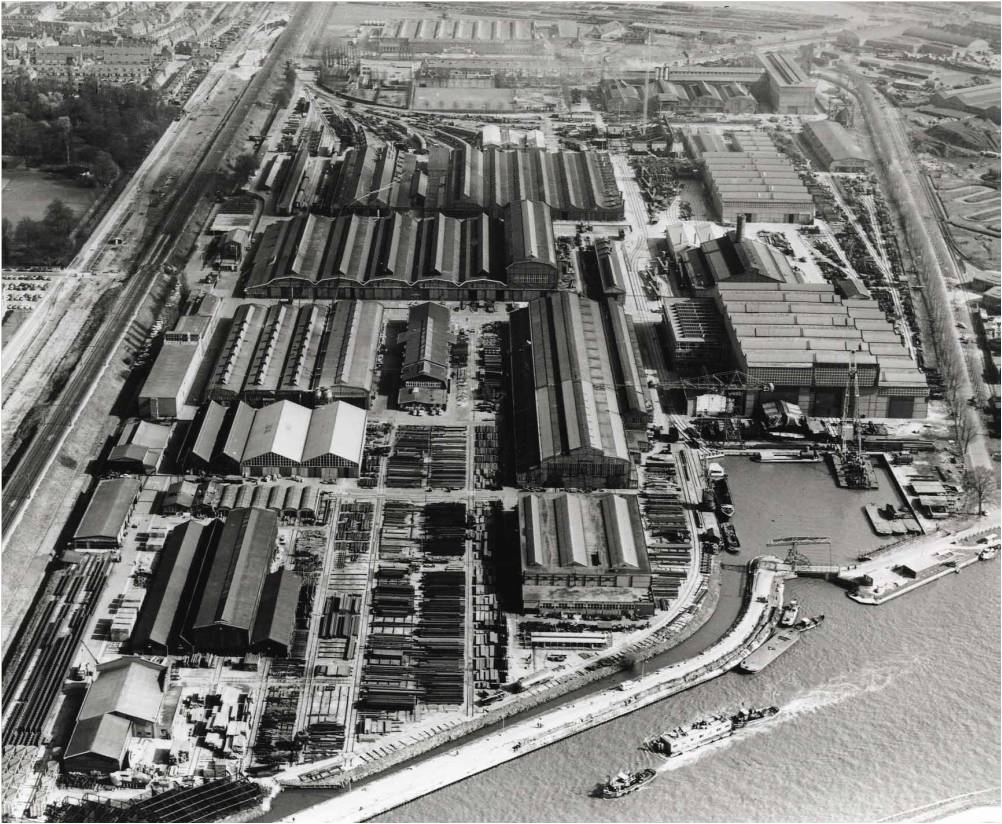How to create local hubs of innovation and entrepreneurship

Many cities today are confronted with the issue of abandonment and/or neglect of their historic urban areas, due to lack of financial opportunities and services. Others deal with loss of their cultural identity and traditions because of overtourism or gentrification. A group of European cities is currently testing a new approach to regenerate these areas, using cultural heritage as a lever for innovation & entrepreneurship.
Over the past 2 years, together with other partners from the EU funded project HUB-IN, Energy Cities has been helping the city of Angouleme (France), Belfast (UK – Northern Ireland), Brasov (Romania), Genoa (Italy), Lisbon (Portugal), Nicosia (Cyprus), Slovenska Bistrica (Slovenia) and Utrecht (the Netherlands) to come up with a new vision for each of their areas, and a roadmap to achieve that focusing on local tangible and intangible heritage. These roadmaps have just been published and will drive the cities in the development of concrete actions to transform their historic areas into hubs of innovation & entrepreneurship!
Defining main values and missions in cooperation with other local actors
Each of the historic urban areas have their own strength, assets, and challenges. We guided them in setting up a participatory process to define a set of values to drive their actions, a vision, and concrete missions, together with a group of local actors active in that specific area, by keeping sustainability, inclusiveness, and circular and social economy principles at the core. The process included (among other activities) workshops, interviews, ethnographic studies, and citizens surveys. The HUB-IN teams also took other departments and city initiatives into account, by inviting their colleagues to participate in the activities. These were essential first steps towards community empowerment and entrepreneurship, bringing together local stakeholders, citizens, start-ups, academia and research centres, industry, and local government.

In Genova, for example, the pilot area comprises the main cultural and commercial streets of the Western part of Genova’s Old Town. The area, very close to the Old Port, is characterised by a strong cultural and ethnic mix and has been suffering from the gradual disappearance of quality economic and social activities. Local stakeholders were invited to share views and ideas on how to regenerate a part of the historic city centre including different streets leading to the old port, while keeping the character of the place intact, using innovation & entrepreneurship. They came up with plenty of ideas to do so and agreed that the hub’s actions should always be inspired by inclusion, exchange/sharing and the ambition of creating a great experience “for all the senses”.

Belfast City Council is focusing on the regeneration of the city’s waterfront. The Maritime Mile should become “a vibrant, accessible, heritage destination for current and future generations to enjoy”, a place where “creatives bring their unique perspectives to support the preservation and enhancement of the Maritime Mile through innovation.”. The main mission of Belfast’s Hub is to “To turn the city’s waterfront into a people centric, revitalised, vibrant destination, home to a range of innovative and creative entrepreneurs, where the community thrives.”

Nicosia is focusing on the walled city, the old city centre surrounded by Venetian Walls dating from 1567. This area is full of art, culture and architecture, and hosts a rapidly growing start-up ecosystem with incubators, accelerators and innovation hubs. In this context, the local Hub aims to be an up-and-coming innovation and entrepreneurship centre. They want to link different initiatives in the area, integrate them into a local municipal strategy to stimulate culture, sustainability and innovation.
A new brand for the pilot areas
We also helped some of the cities to find a place brand for their area of choice. For example, the team in Slovenska Bistrica, wanted the Hub to “instil a sense of pride and belonging among the residents and bring tourists and business in the city centre”. Given the main characteristic of the area – a small city centre with many touristic attractions and an informal and homey atmosphere – the city team defined the essence of the brand as “a warm embrace, beauty and opportunities within reach”. The historic area welcomes tourists and residents alike. The small-town atmosphere together with the friendliness of locals make everyone feel at ease, free to discover everything it has to offer (cultural and natural heritage) at their own pace and come back again.

Brasov Municipality is branding themselves as a sustainability hub in Romania. In addition, the city places a lot of importance on authenticity and keeping local culture alive. They decided to picture these values as green door leading to beautiful adventures. The image of the door was traditionally used by the city, often referred to as the door to the Transylvania region: “The colour green reflects the importance of sustainability but also the idea of movement, balance, and nature. The door is for everyone to open, to explore and take the opportunities for collaboration, innovation, and leisure”.
Overcoming challenges
The process was not short of challenges. Aside from the complexity of working with other municipal departments with different priorities and ensuring the participation of the actors active on the historic areas, each city had their own individual obstacles to overcome. For example, Lisbon’s pilot area, the Castle’s hill, includes two different neighbourhoods, each with their own characteristics. The city managed to identify common issues to be addressed within the roadmap and a shared aim: “to fight against the desertification of neighbourhoods and keeping their authenticity and identity, by protecting and leveraging their material and immaterial heritage”.
In Angouleme, the main challenge was to identify the area itself and define the best way to move the activities forward. In the end they decided to regenerate the area of the Charente, a river that crosses urban and rural areas of Grand Angouleme’s territory. Activities should include the development of thematic urban trails to be used as a test bed by the local creative sector to highlight tangible and intangible natural and cultural heritage and bring tourists and locals back to the area. The roadmap for Grand Angouleme will be published at a later stage.

In Utrecht, the local authority is transforming the Werkspoorkwartier industrial area into a cultural and creative district. A step toward this transformation was to develop De Machinerie, a dynamic, creative, climate-neutral hotspot for film and visual culture in the area. Utrecht’s roadmap was finalised in August 2022, but the municipality had to pause its implementation. In October 2022, the decision was taken by the parties involved that the Machinerie cannot be developed in a feasible and responsible way under the current circumstances. The cultural sector in the Netherlands has not yet recovered from the impact of the Covid and the current energy price crisis and raising construction costs made it difficult to proceed with the project.
Have a look at the roadmaps
The results of these effort are now included in the individual roadmaps defined for each of the pilot historic urban areas. You can find them on the HUB-IN project website. The cities are currently working on their action plans, to make their vision for the area a reality!
This work was made possible thanks to the HUB-IN project, funded by the EU Horizon 2020 programme. HUB-IN approaches the heritage and cultural led regeneration of historic urban areas via the creation of economic, social and ecological hotspots of innovation and entrepreneurship at the neighbourhood scale. They are places to co-design, test and develop new solutions, ideas, and creative businesses in a real urban environment. They favour sharing knowledge, open innovation processes and the development of innovative circular models. Visit HUB-IN website to keep up with the cities’ actions and learn more about the project.
The post How to create local hubs of innovation and entrepreneurship appeared first on Energy Cities.
Fuente: ENERGY CITIES
Enlace a la noticia: How to create local hubs of innovation and entrepreneurship

